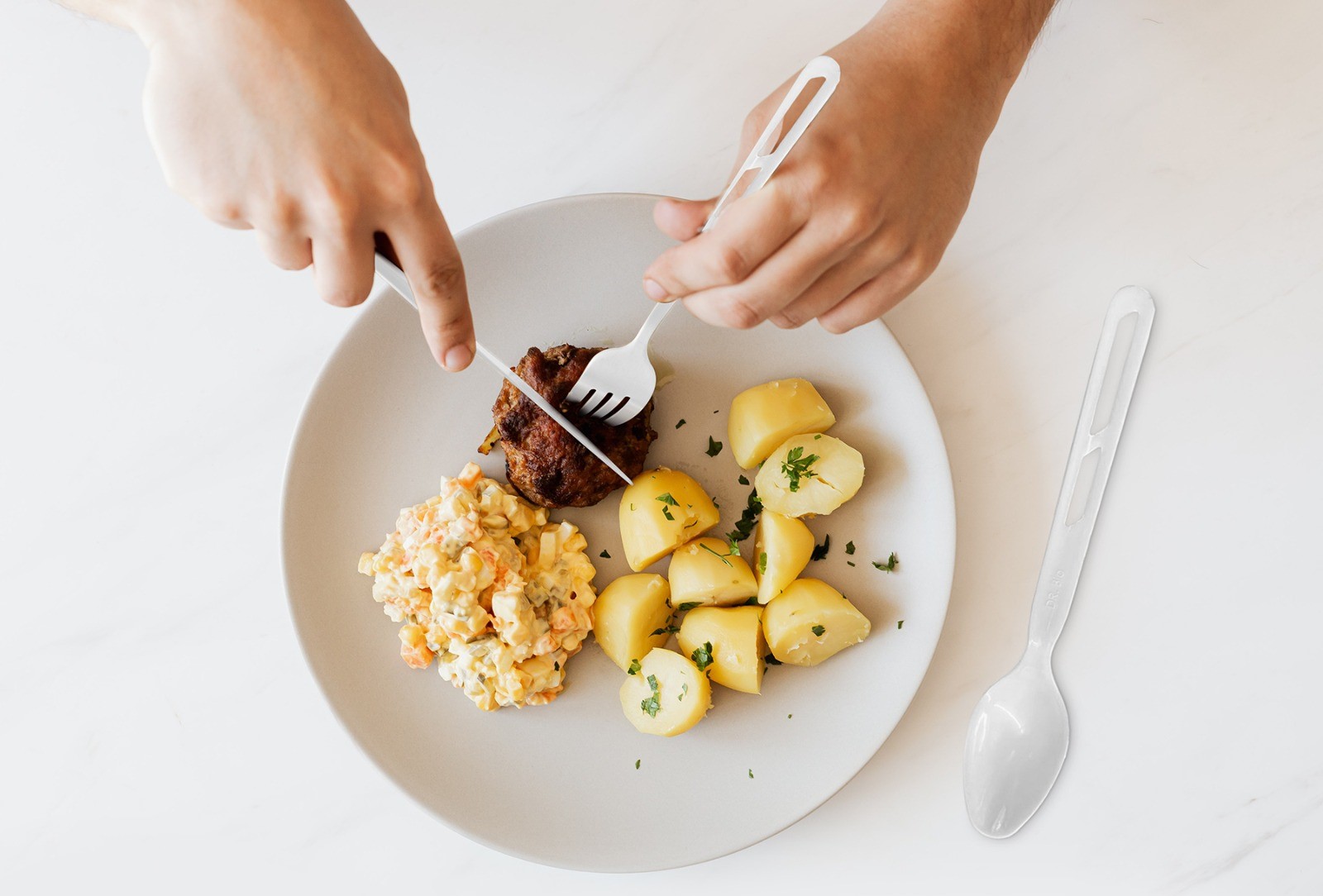

Tableware
How To Use Cutlery
Modified: November 1, 2024
Learn how to properly use tableware and cutlery to enhance your dining experience. Discover tips and techniques for setting the table and handling utensils.
(Many of the links in this article redirect to a specific reviewed product. Your purchase of these products through affiliate links helps to generate commission for Storables.com, at no extra cost. Learn more)
Introduction
Welcome to the wonderful world of tableware! Tableware consists of various items used for serving and eating food, and one of the most essential components is cutlery. Cutlery includes knives, forks, and spoons, and it plays a vital role in how we enjoy our meals.
Using cutlery properly not only enhances your dining experience but also showcases your understanding of etiquette and good manners. In this article, we will explore the different types of cutlery, learn about their basic anatomy, understand proper placement on the table, discover how to hold cutlery correctly, explore their usage for different courses, discuss proper etiquette, and learn how to clean and care for cutlery.
So, whether you’re a novice or simply looking to upgrade your table manners, read on to discover the art of using cutlery with style and sophistication.
Key Takeaways:
- Mastering the art of using cutlery involves understanding the different types, proper placement, and etiquette. It enhances dining experiences and showcases sophistication and respect for the occasion.
- Proper care and maintenance of cutlery are essential for longevity and quality. Hand washing, thorough drying, and proper storage help preserve the elegance and functionality of your utensils.
Read more: How To Clean Cutlery
Understanding Different Types of Cutlery
When it comes to cutlery, there is a wide variety of types and styles to choose from. Understanding the different types can help enhance your dining experience and ensure you use the right utensils for each meal. Here are some common types of cutlery:
- Knives: Knives come in various shapes and sizes, each designed for a specific purpose. The most common types include dinner knives, steak knives, butter knives, and bread knives. Dinner knives have a sharp, serrated blade that cuts through cooked food, while steak knives have a pointed, straight blade for cutting through meat effortlessly.
- Forks: Forks also come in different styles, with each having its own purpose. The most commonly used forks include dinner forks, salad forks, dessert forks, and seafood forks. Dinner forks have four tines and are used for the main course, while salad forks have three or four tines and are used for salads and appetizers.
- Spoons: Spoons are versatile utensils used for various purposes. Some common types of spoons include teaspoons, tablespoons, soup spoons, and dessert spoons. Teaspoons are used for stirring, adding sugar to beverages, and eating small servings. Tablespoons are larger and are used for serving food, while soup spoons have a deeper bowl for enjoying soups and stews.
These are just a few examples of the different types of cutlery available. Other less common types include fish knives, oyster forks, demitasse spoons, and fruit forks, each serving its own unique purpose.
It’s important to note that while the specific cutlery types may vary between cultures and countries, the basic function of each utensil remains the same. Understanding the different types of cutlery allows you to choose the appropriate utensils for each meal, ensuring that you have the right tools to enjoy your food to the fullest.
Basic Anatomy of Cutlery
Before we dive into the proper usage of cutlery, it’s important to familiarize ourselves with the basic anatomy of these essential dining utensils. Understanding the different components of cutlery will help you handle them with confidence and precision. Here are the key parts of common cutlery:
- Handle: The handle is the part of the cutlery that you hold. It provides a comfortable grip and can vary in shape and material depending on the style and quality of the cutlery.
- Blade: The blade is the sharp, flat part of the knife used for cutting food. It can be straight or serrated, depending on the type of knife.
- Tines: Tines refer to the prongs on a fork. They are typically curved and come in different numbers, depending on the purpose of the fork. More tines provide better stability, especially when piercing and lifting food.
- Bowl: The bowl is the rounded part of a spoon. It can vary in size and depth, depending on the type of spoon. In soup spoons, the bowl is deeper to hold liquid, while teaspoons have a shallower bowl.
In addition to these basic parts, cutlery can also have decorative handles, patterns, and embellishments that add aesthetic appeal. However, it is important to remember that the functionality and ergonomics of the cutlery should never be compromised for style.
Understanding the basic anatomy of cutlery allows you to handle each utensil with ease and confidence. It also helps you appreciate the craftsmanship and design elements that go into creating these everyday tools for dining.
Proper Placement of Cutlery on the Table
Setting the table correctly not only showcases your attention to detail but also creates an inviting atmosphere for your guests. Proper placement of cutlery on the table is an important aspect of table setting. Here are some guidelines to follow:
- Knife: Place the knife to the right of the plate, with the blade facing inward. The blade should be positioned towards the plate, and the handle should be pointing towards the right.
- Fork(s): Place the fork(s) to the left of the plate. The basic rule is to start from the outermost left, with the salad fork placed on the far left, followed by the dinner fork(s) to the right of it.
- Spoon: If soup or dessert spoons are needed, place them horizontally above the plate, with the handle pointing towards the right.
It’s important to note that the order of placement may vary depending on the number of courses being served. If a salad is being served before the main course, the salad fork would be placed on the outer left, closer to the dinner fork.
When setting the table, also remember to place the cutlery in the order it will be used. This ensures a seamless dining experience and prevents confusion for both you and your guests.
As for specialty cutlery, such as seafood forks or oyster forks, they can be placed above the plate or brought to the table when needed. Just remember to follow the same principle of placing them in the order of use, from the outermost to the innermost position.
Overall, proper placement of cutlery on the table creates an organized and elegant setting. It not only helps your guests navigate their meal but also adds a touch of sophistication to your dining experience.
How to Hold Cutlery Correctly
Properly holding cutlery is not only a matter of etiquette but also ensures ease and precision during your meal. Here are some tips on how to hold different types of cutlery correctly:
- Knife: Hold the knife by gripping the handle firmly with your dominant hand. Your index finger should be extended along the spine of the knife, providing support and control. Place your thumb on one side of the handle and your remaining fingers on the other side for stability.
- Fork: Hold the fork by resting it diagonally against your palm, with the handle pointing towards the heel of your hand. Use your index finger and thumb to hold the handle, while your remaining fingers rest gently against the body of the fork.
- Spoon: Grip the handle of the spoon with your dominant hand, similar to how you hold a knife. Your index finger can rest on the back of the handle for support, while your other fingers wrap around it.
While holding cutlery, it’s essential to remember a few key points:
- Keep a relaxed grip: Avoid gripping the cutlery too tightly, as it can lead to discomfort and stiffness. Maintain a firm but relaxed grip for optimal control.
- Avoid holding the utensils like a pen: While holding a pen may be natural, it’s not the proper way to hold cutlery. Avoid gripping the handle at the very end and instead hold it near the middle for better balance.
- Maintain good posture: Sit up straight and bring the food to your mouth rather than hunching over the plate.
- Use the appropriate cutlery for each course: Different courses may require different cutlery, such as switching from a fork to a spoon for soup. Make sure to use the correct utensil for each dish.
Remember, the goal of holding cutlery correctly is to have control and precision while eating without drawing unnecessary attention. Practice holding cutlery in the proper manner to ensure a pleasant dining experience for both yourself and those around you.
When using cutlery, start from the outside and work your way in with each course. Use the fork in your left hand and the knife in your right, with the blade facing inward. Cut small pieces of food and bring them to your mouth with the fork.
Read more: Who Invented Cutlery
Using Cutlery for Different Courses
As you sit down for a multi-course meal, it’s important to know which cutlery to use for each course. Properly using cutlery for different courses enhances your dining experience and demonstrates your understanding of table manners. Here’s a guide on using cutlery for common courses:
- Appetizer: For appetizers such as salads or small bites, use the outermost fork, typically the salad fork, located on the left side of the plate. This fork is often smaller than the dinner fork and is specifically designed for appetizers.
- Main Course: Once the main course is served, switch to the dinner fork and knife. Use the fork with your left hand and the knife with your right hand. Cut a small portion of food using the knife and then switch the fork to your right hand to bring the food to your mouth.
- Soup: When soup is served as a course, use the soup spoon located above the plate. Hold the spoon in your right hand, dip it into the bowl, and sip from the side of the spoon, avoiding slurping noises.
- Dessert: For dessert, you’ll typically find a dessert spoon and fork or a single dessert utensil. Use the dessert spoon or utensil in your right hand to enjoy your sweet treats.
It’s important to note that the direction of use is typically from the outermost utensil to the innermost utensil. However, if a course requires multiple utensils, such as a salad followed by the main course, the salad fork would be placed on the outer left, closer to the plate, and the dinner fork would be closer to the plate.
Remember to pace yourself and enjoy each course at a leisurely pace. Wait for everyone at the table to be served before beginning to eat, and follow any specific instructions given by the host or waitstaff regarding the order of courses and utensils to use.
By using cutlery appropriately for each course, you’ll navigate your way through a multi-course meal with grace and style.
Proper Etiquette when Using Cutlery
When it comes to using cutlery, proper etiquette is essential to ensure an enjoyable and respectful dining experience. Here are some key points to keep in mind:
- Start from the outside: Use the outermost utensils first and work your way inward with each course. This ensures that the utensils stay clean and are used for their intended purpose.
- Resting position: When taking a break from eating, place your cutlery in the resting position. Cross the fork and knife over the plate, with the fork tines facing down and the knife blade facing inward. This signals to the server that you’re not finished with your meal.
- Never lick or suck on cutlery: This is considered impolite and unhygienic. Instead, use a napkin or your lips to remove any food residue from the utensils.
- Avoid pointing cutlery: Pointing your cutlery at someone while speaking or gesturing is impolite and can be seen as aggressive. Keep the utensils pointed downward or rest them on the plate when not in use.
- Use separate utensils for serving: When serving food from a communal dish, use the serving utensils provided rather than your personal cutlery. This prevents contamination and ensures fairness for all guests.
- Passing cutlery: If someone at the table needs a specific utensil, offer it to them by placing it on the edge of their plate for them to take. Avoid reaching across others or handing the utensil directly to their hands.
- Chew with your mouth closed: It’s important to chew your food silently with your mouth closed to avoid any unpleasant sounds. Don’t talk with food in your mouth, as it is considered impolite.
- Use utensils for appropriate foods: Use the appropriate utensils for different types of food. For example, use a knife to cut meat or a spoon for soups and desserts.
Remember, good manners and etiquette go beyond just the use of cutlery. Be mindful of your dining companions, engage in polite conversation, and demonstrate respect for the host and other guests. By adhering to proper etiquette, you’ll create a pleasant and memorable dining experience for everyone involved.
Cleaning and Caring for Cutlery
Properly cleaning and caring for your cutlery is essential for maintaining its quality and longevity. Follow these tips to keep your cutlery in pristine condition:
- Hand washing: While some cutlery may be dishwasher safe, it’s best to hand wash your utensils whenever possible. Use warm water, mild dish soap, and a soft sponge or cloth to gently clean each piece. Avoid using abrasive cleaners or scouring pads that can scratch the surface of the cutlery.
- Drying: After washing, thoroughly dry your cutlery with a soft cloth to prevent water spots and tarnishing. Moisture left on the utensils can cause discoloration or promote corrosion.
- Storing properly: Store your cutlery in a clean and dry place, preferably in a drawer or a dedicated cutlery tray. Avoid tossing your cutlery in a jumbled pile, as it can cause scratches and make it difficult to find the utensils you need.
- Separate stainless steel and silver: If you have both stainless steel and silver cutlery, store them separately. Silver can tarnish when in direct contact with stainless steel, so wrapping silver items in soft cloth or using separate compartments is recommended.
- Polishing silver: If you have silver cutlery that has tarnished, use a silver polish and a soft cloth to restore its shine. Follow the instructions on the polish and gently buff the tarnished areas until they are clean and lustrous.
- Regular maintenance: Regularly inspect your cutlery for any signs of damage, such as loose handles or bent tines. Address any issues promptly to prevent further damage and ensure the longevity of your utensils.
- Avoiding harsh chemicals: Avoid using harsh chemical cleaners or soaking your cutlery for an extended period. These can damage the finish and cause corrosion or discoloration.
- Proper handling: When using and serving food, avoid using sharp knives on hard surfaces or using excessive force that can damage the blades. Also, avoid cutting food on porcelain or glass plates, as it can cause scratches on both the cutlery and the dishes.
By following these cleaning and care tips, you can ensure that your cutlery remains in excellent condition and continues to be a joy to use for many years to come.
Conclusion
Cutlery is an integral part of our dining experience, and understanding how to use it properly can elevate your meals and impress those around you. From the different types of cutlery to the proper placement on the table, holding them correctly, and using them for various courses, mastering the art of using cutlery can enhance your dining etiquette and overall enjoyment.
Remember that using cutlery is not just about practicality but also about showcasing your respect, consideration, and appreciation for the food, the company, and the occasion. By adhering to proper etiquette and caring for your cutlery, you communicate a sense of sophistication and elegance.
So, the next time you sit down for a meal, take a moment to appreciate the craftsmanship of the cutlery at your place setting. Hold it with confidence, savor each bite with grace, and engage in pleasant conversation with your dining companions. By incorporating proper cutlery usage into your dining routine, you’ll create a memorable experience for yourself and those around you.
Whether you’re hosting a formal dinner or simply enjoying a meal at home, mastering the art of using cutlery will make every occasion a little more special and refined. Cheers to a delightful dining experience!
Frequently Asked Questions about How To Use Cutlery
Was this page helpful?
At Storables.com, we guarantee accurate and reliable information. Our content, validated by Expert Board Contributors, is crafted following stringent Editorial Policies. We're committed to providing you with well-researched, expert-backed insights for all your informational needs.
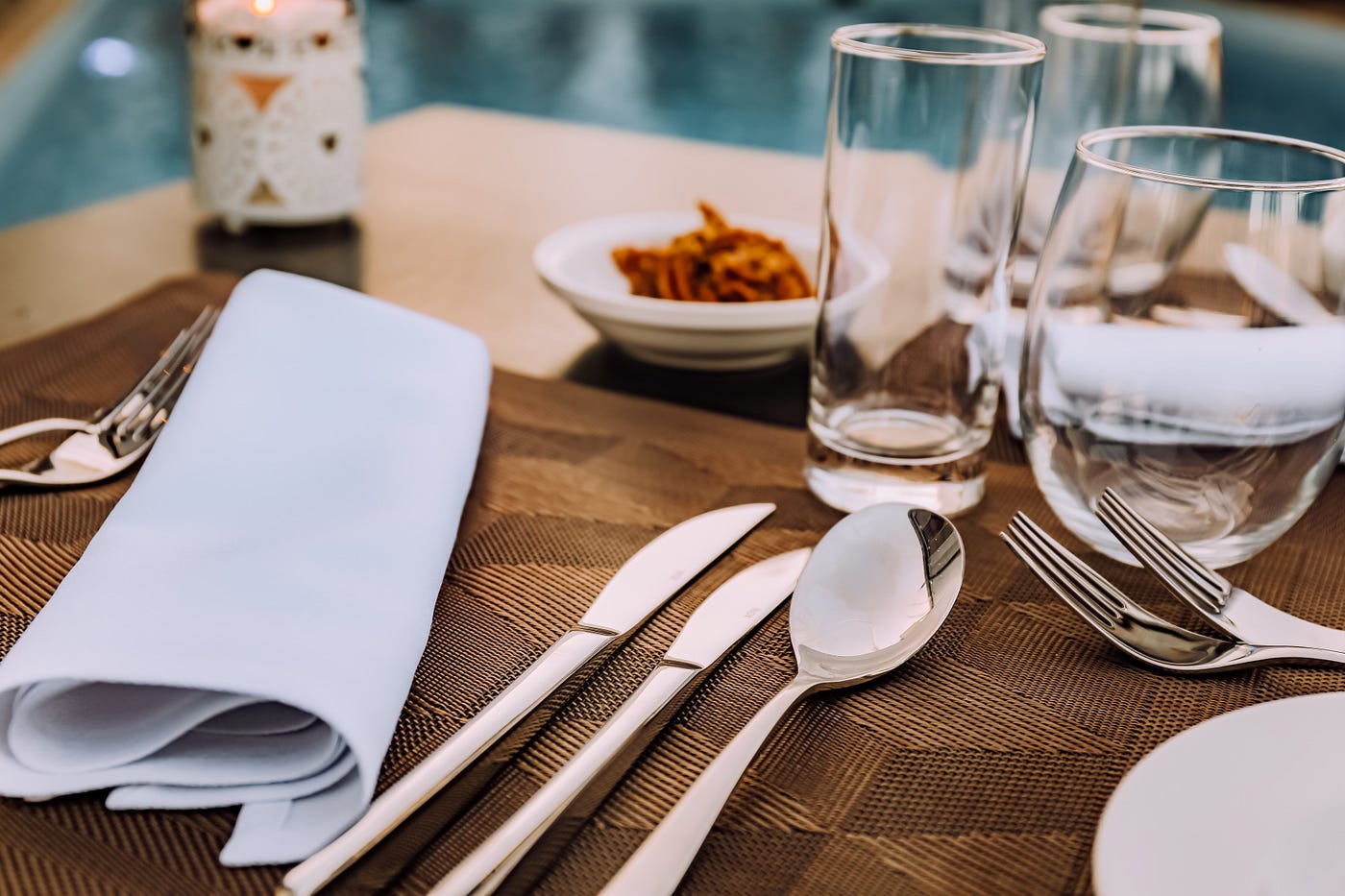
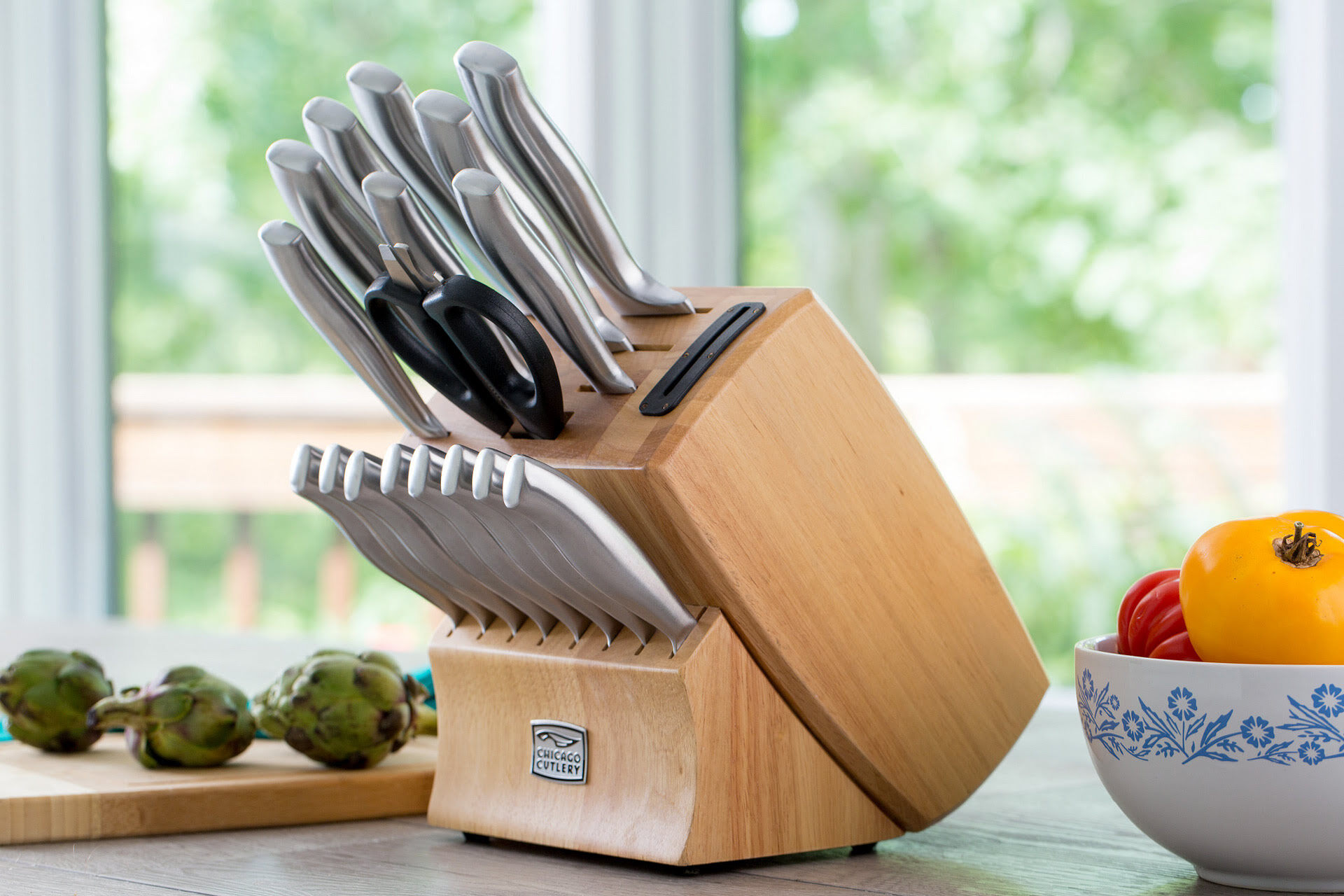
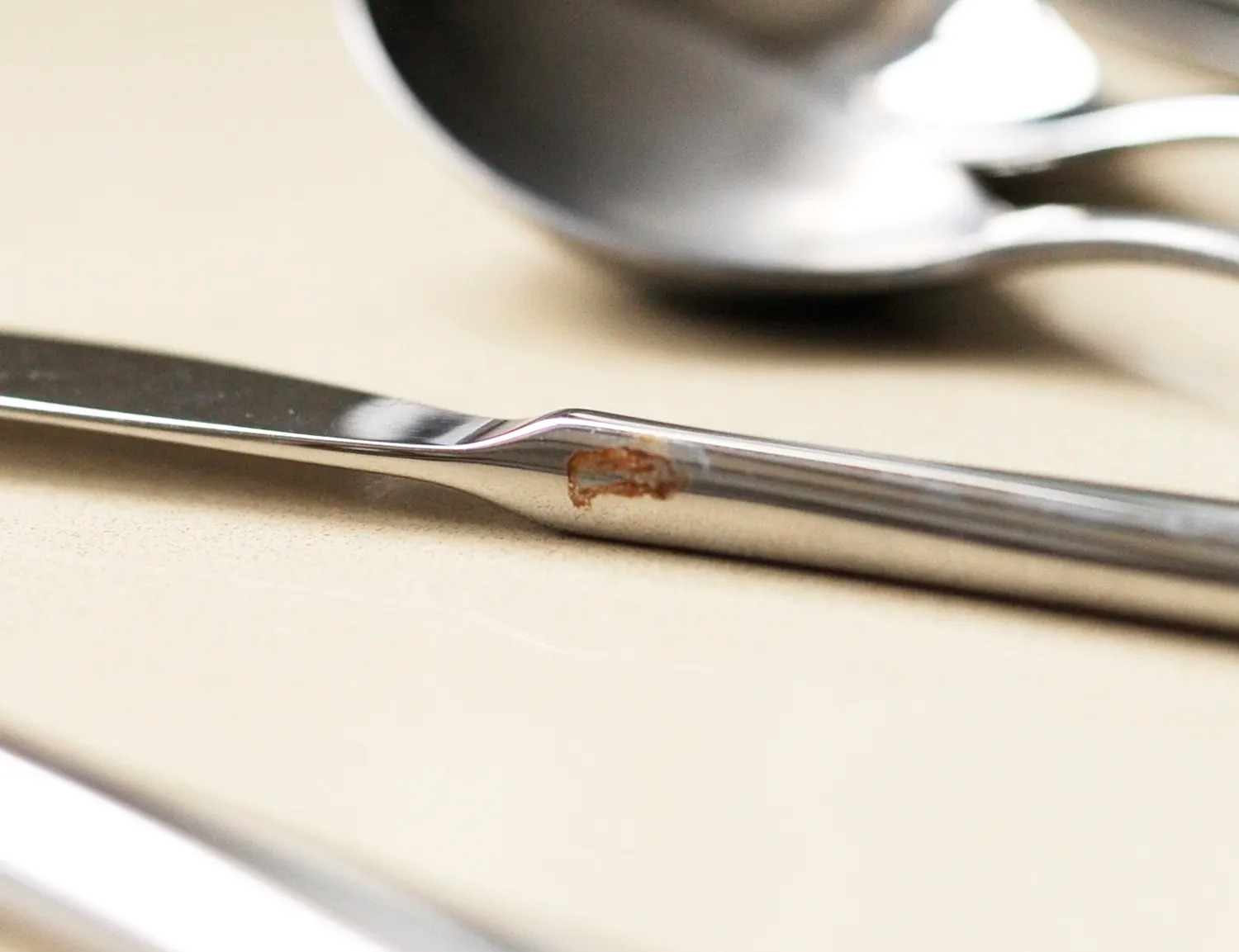
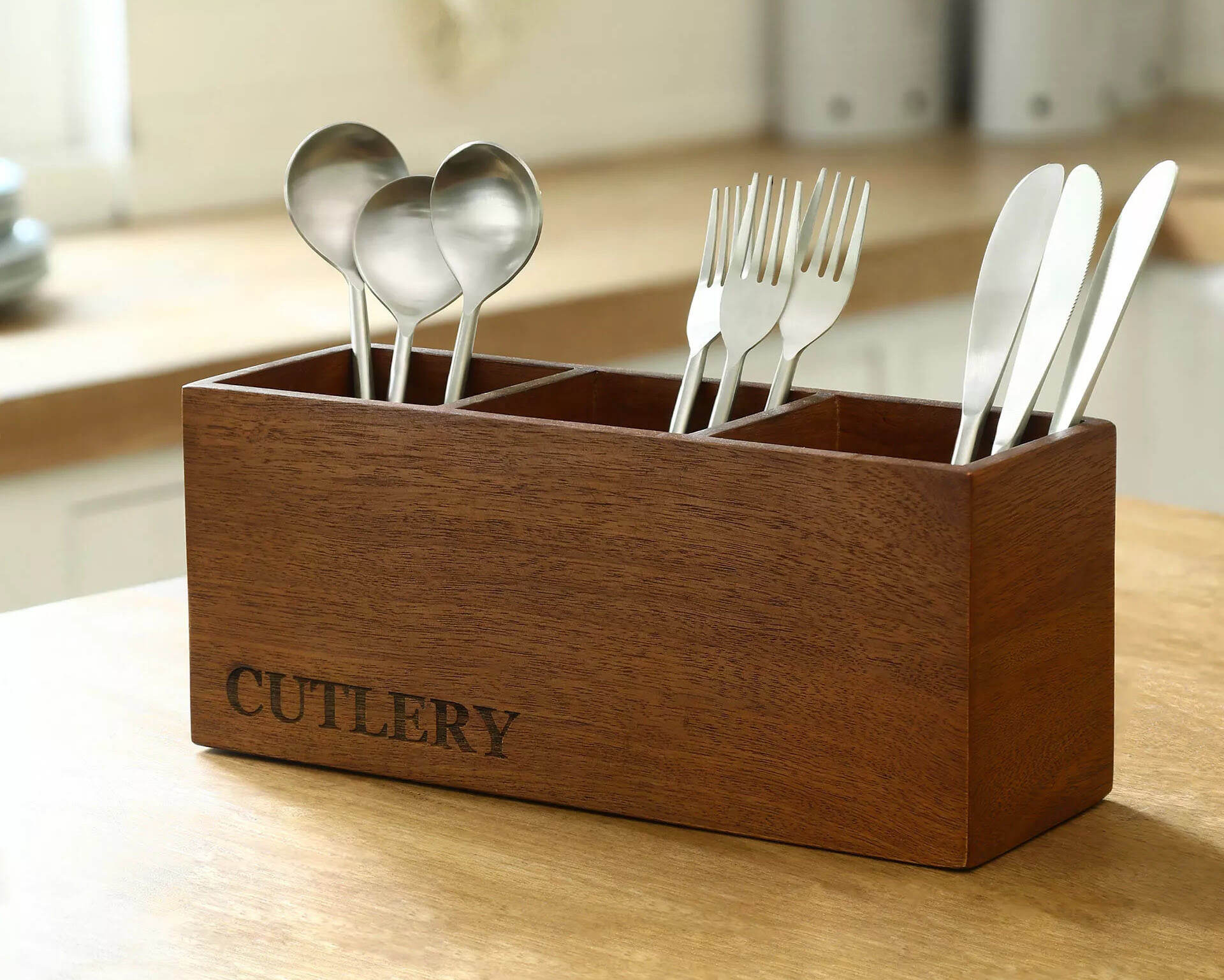
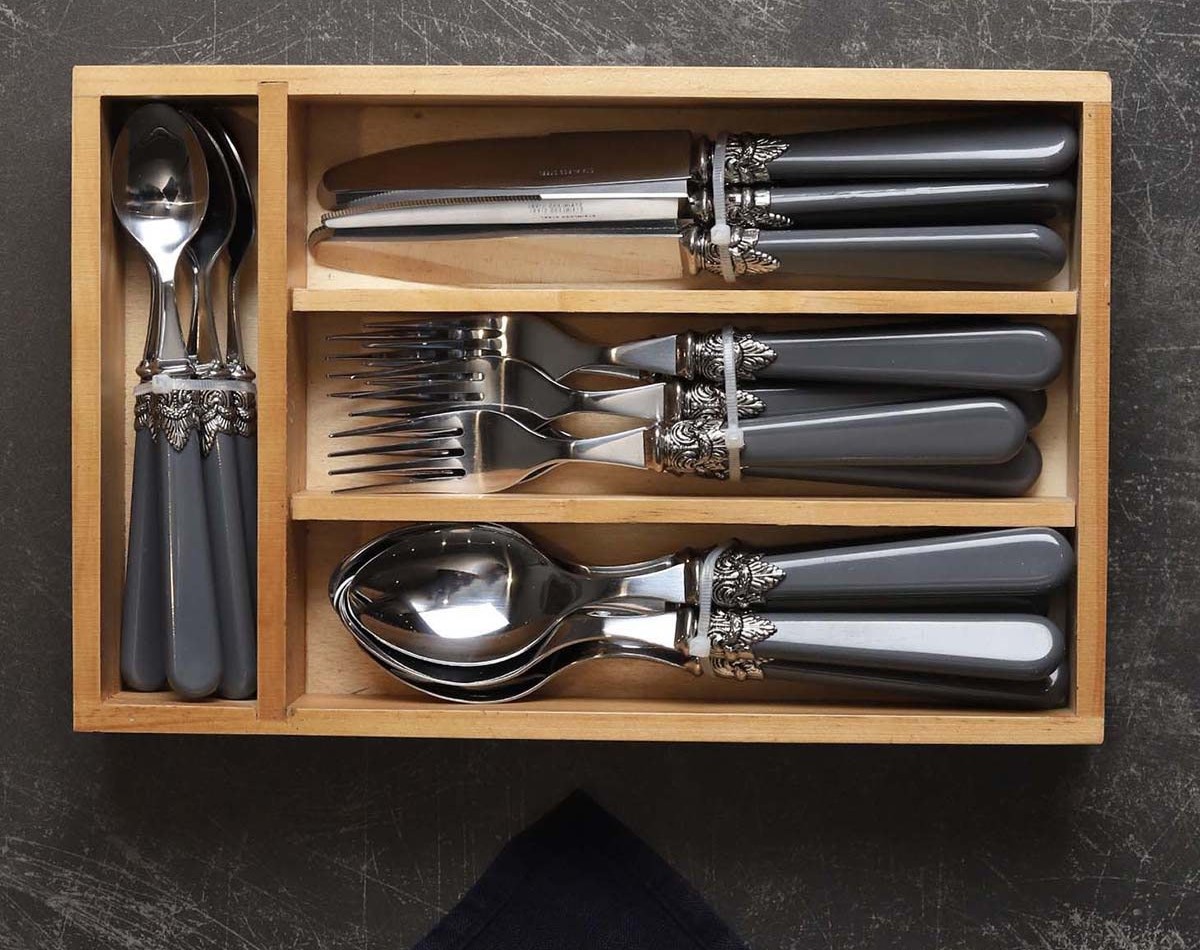
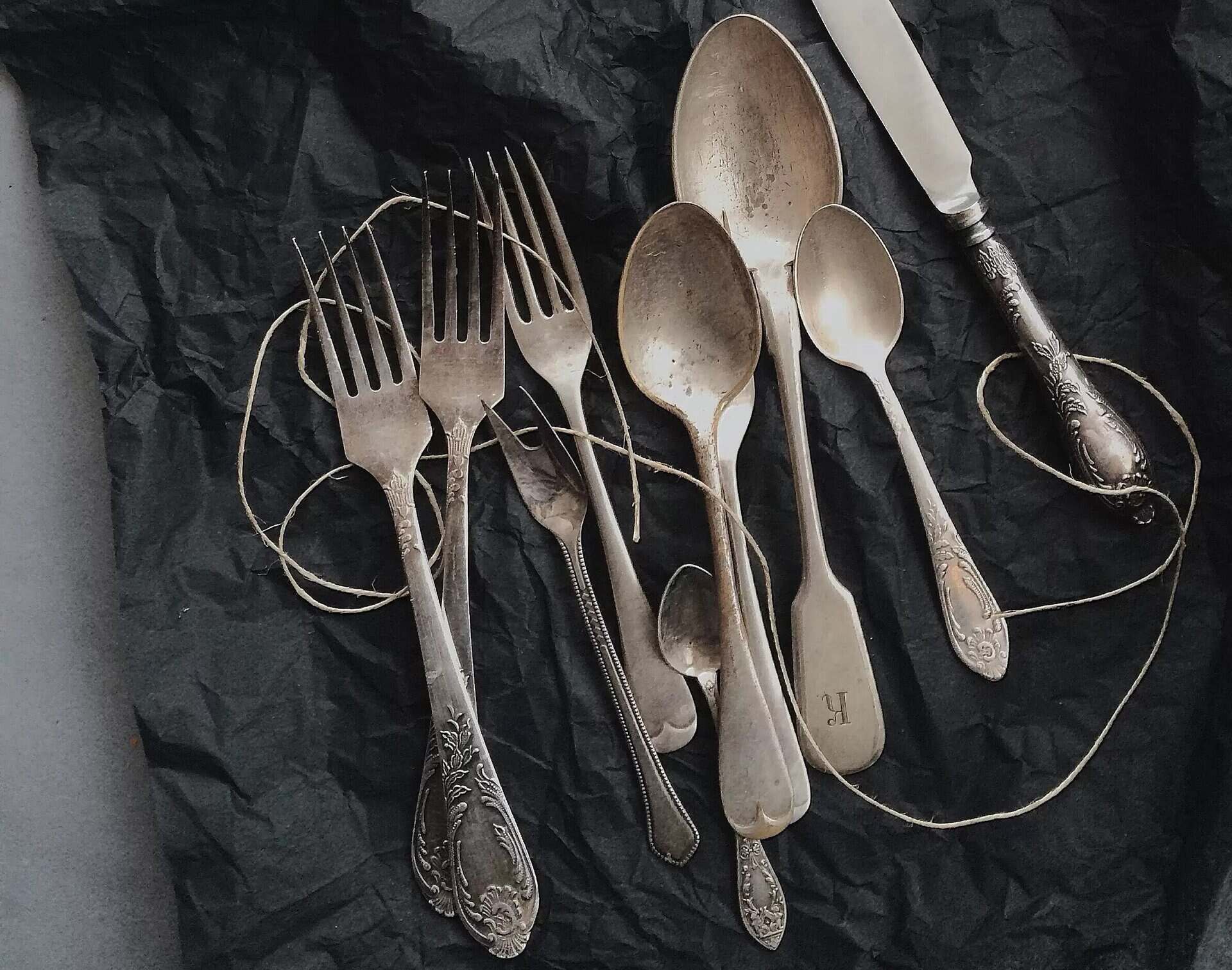
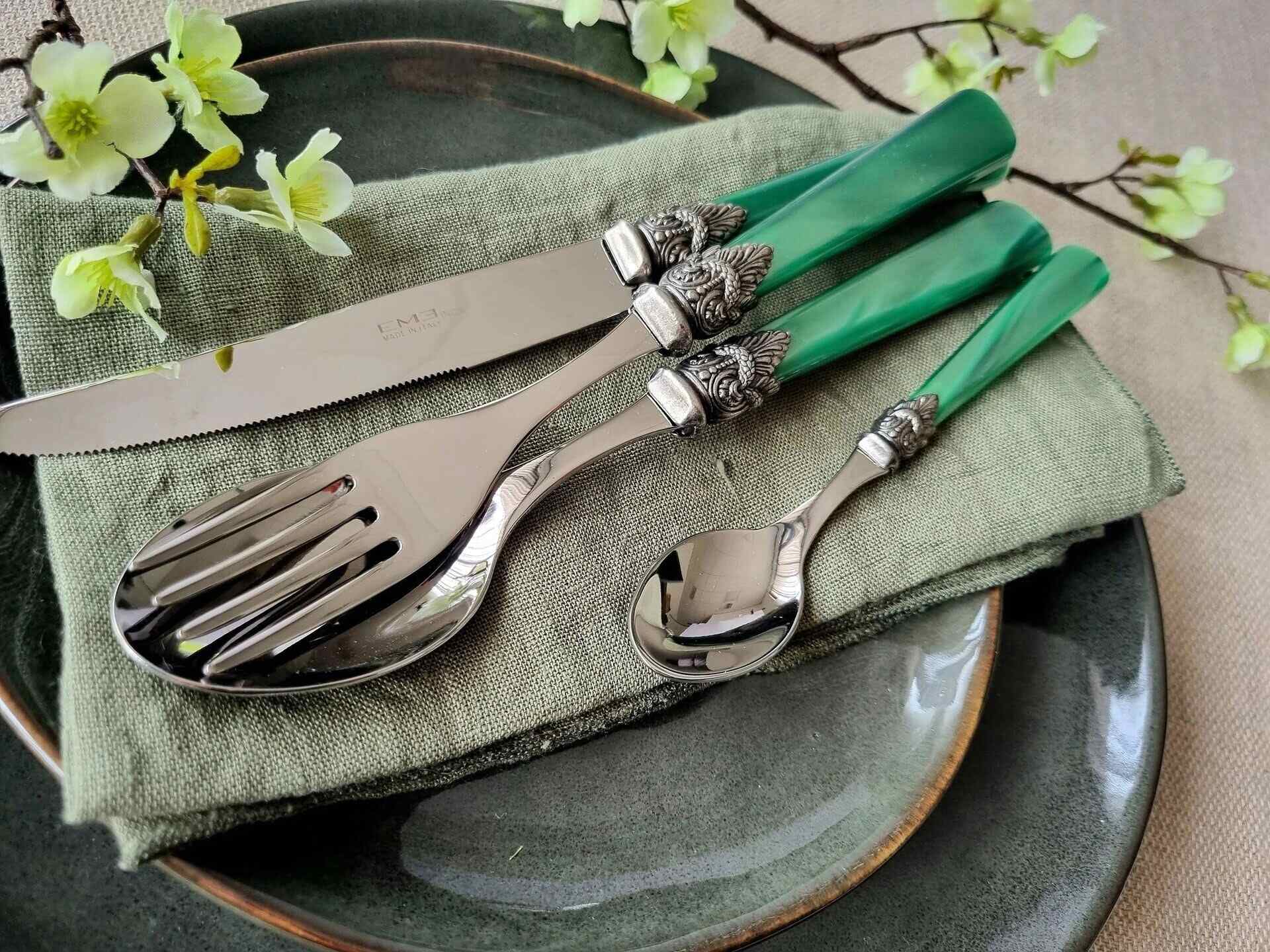
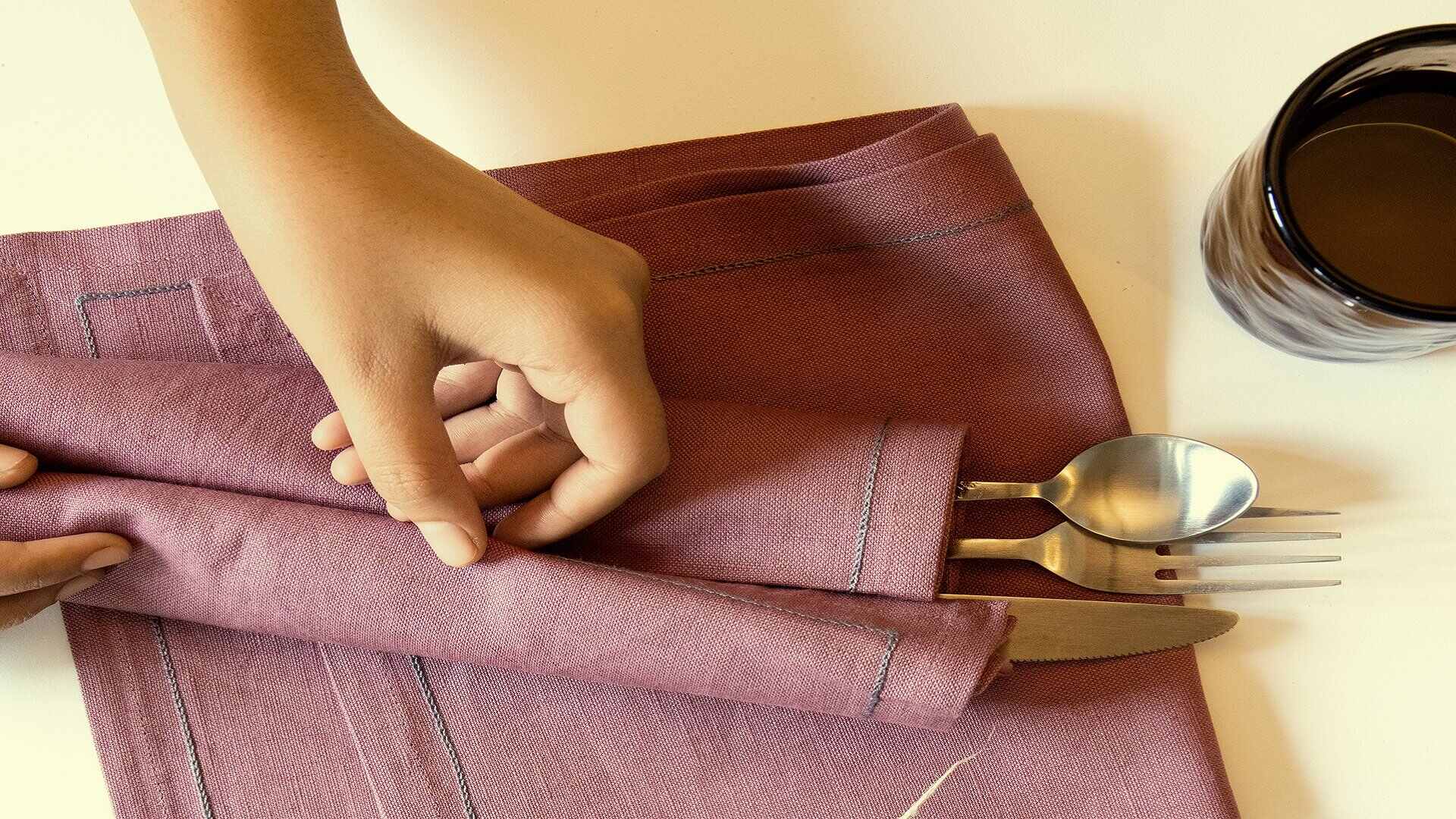
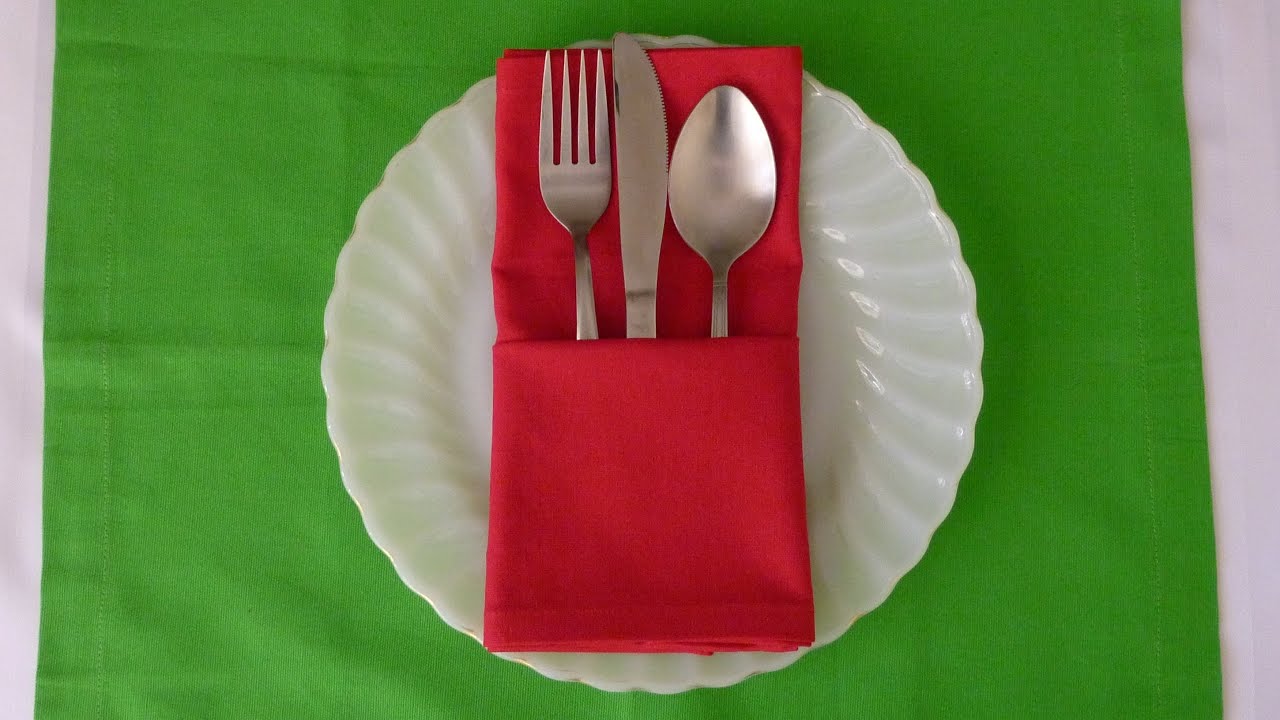
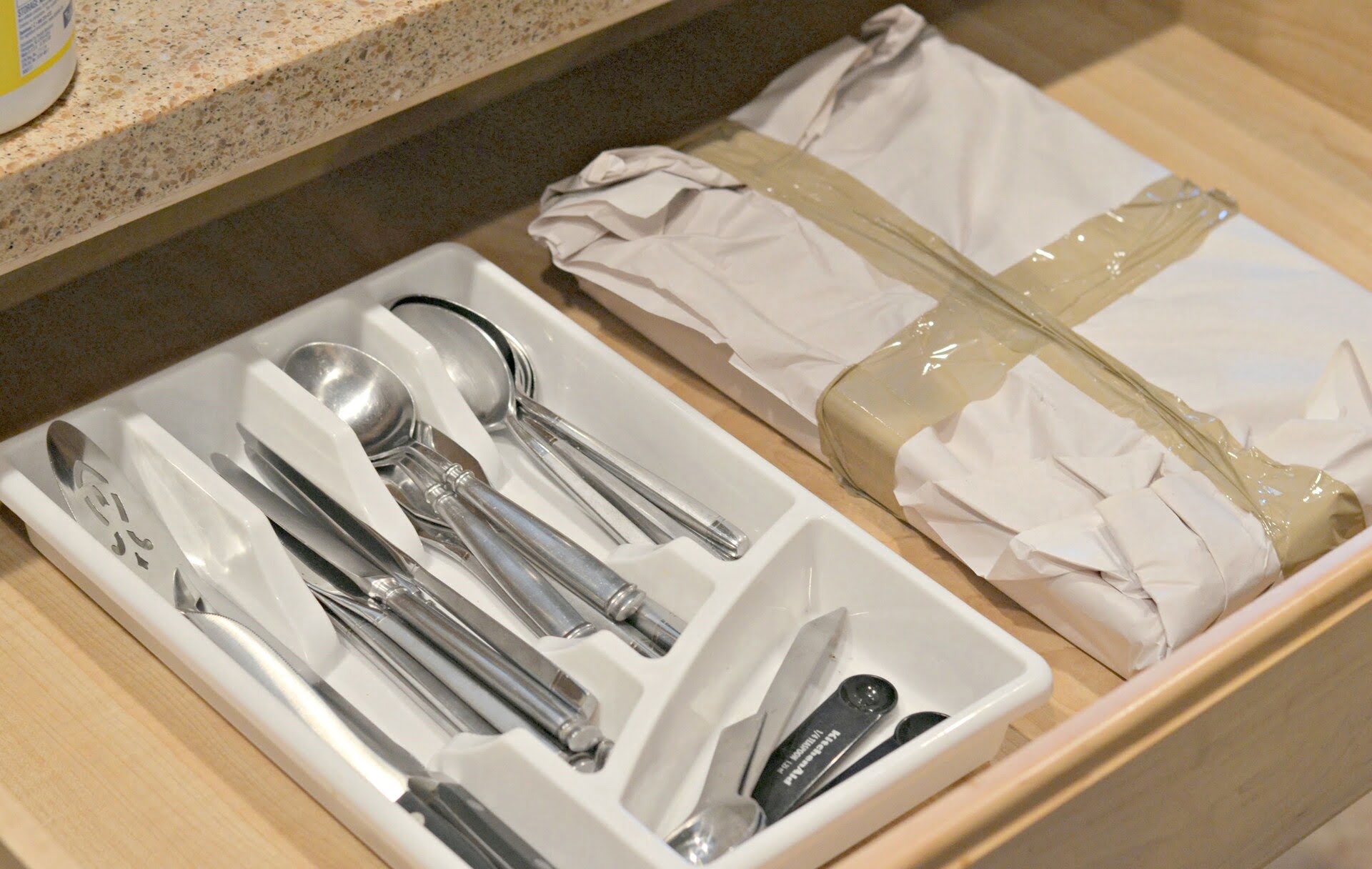
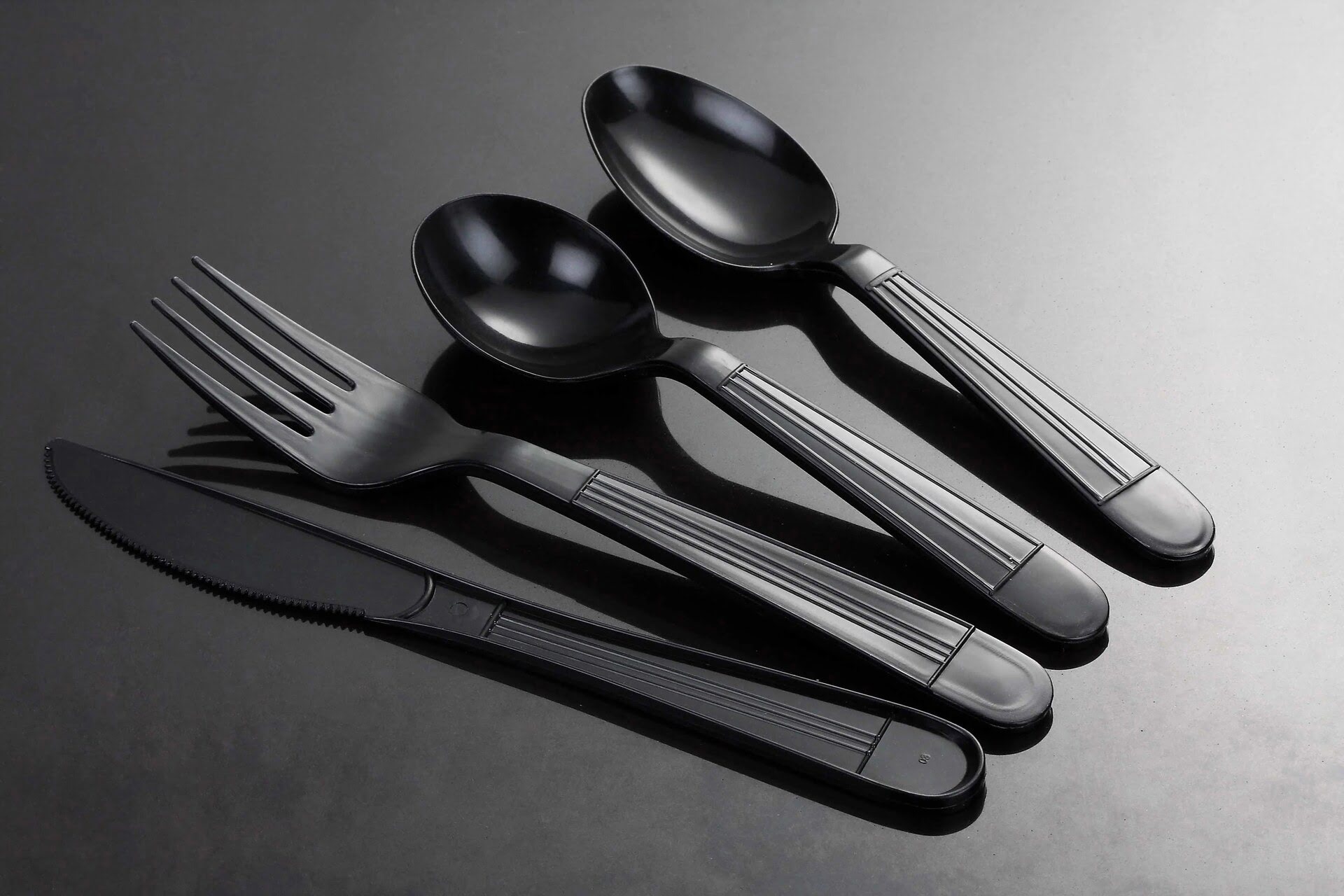
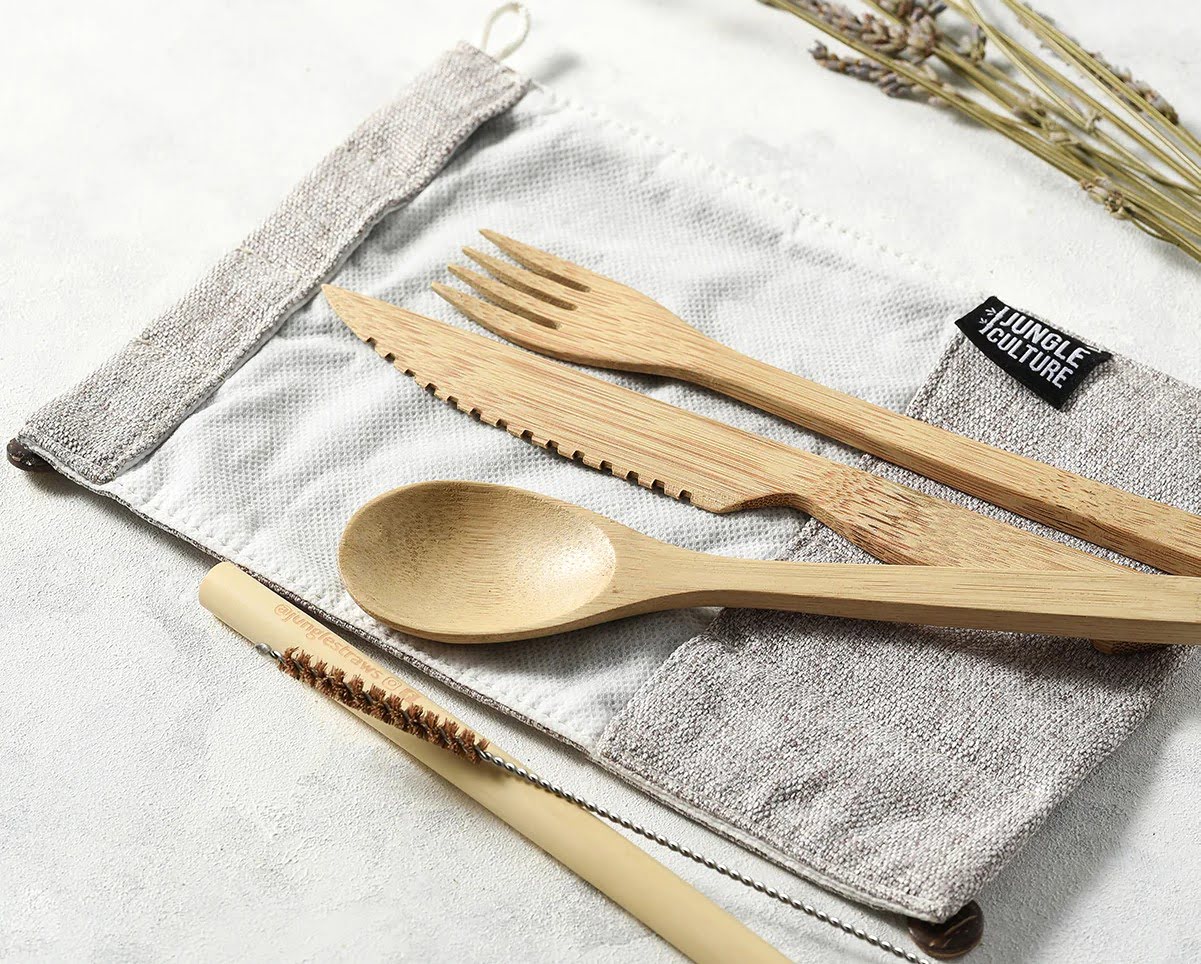
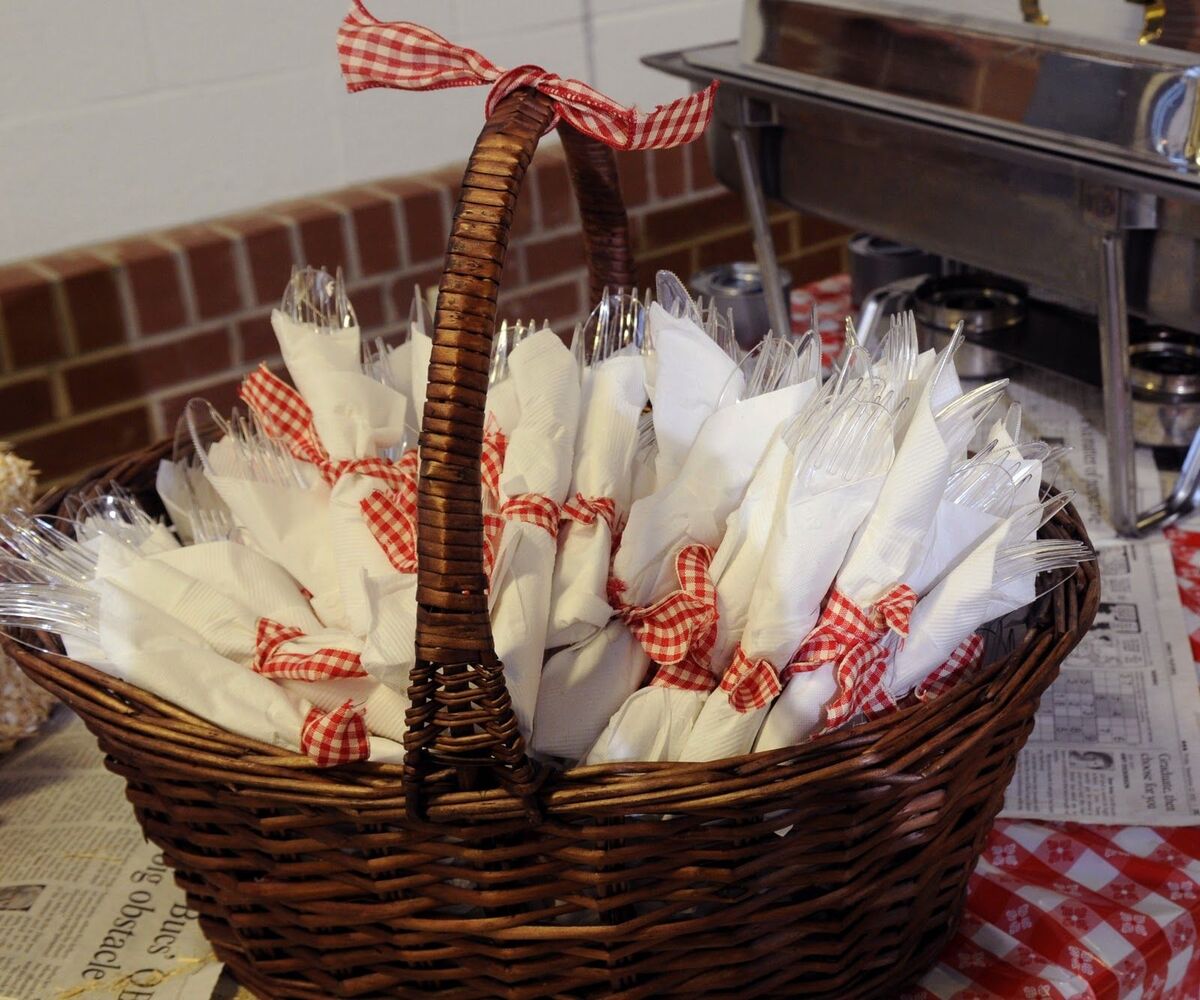
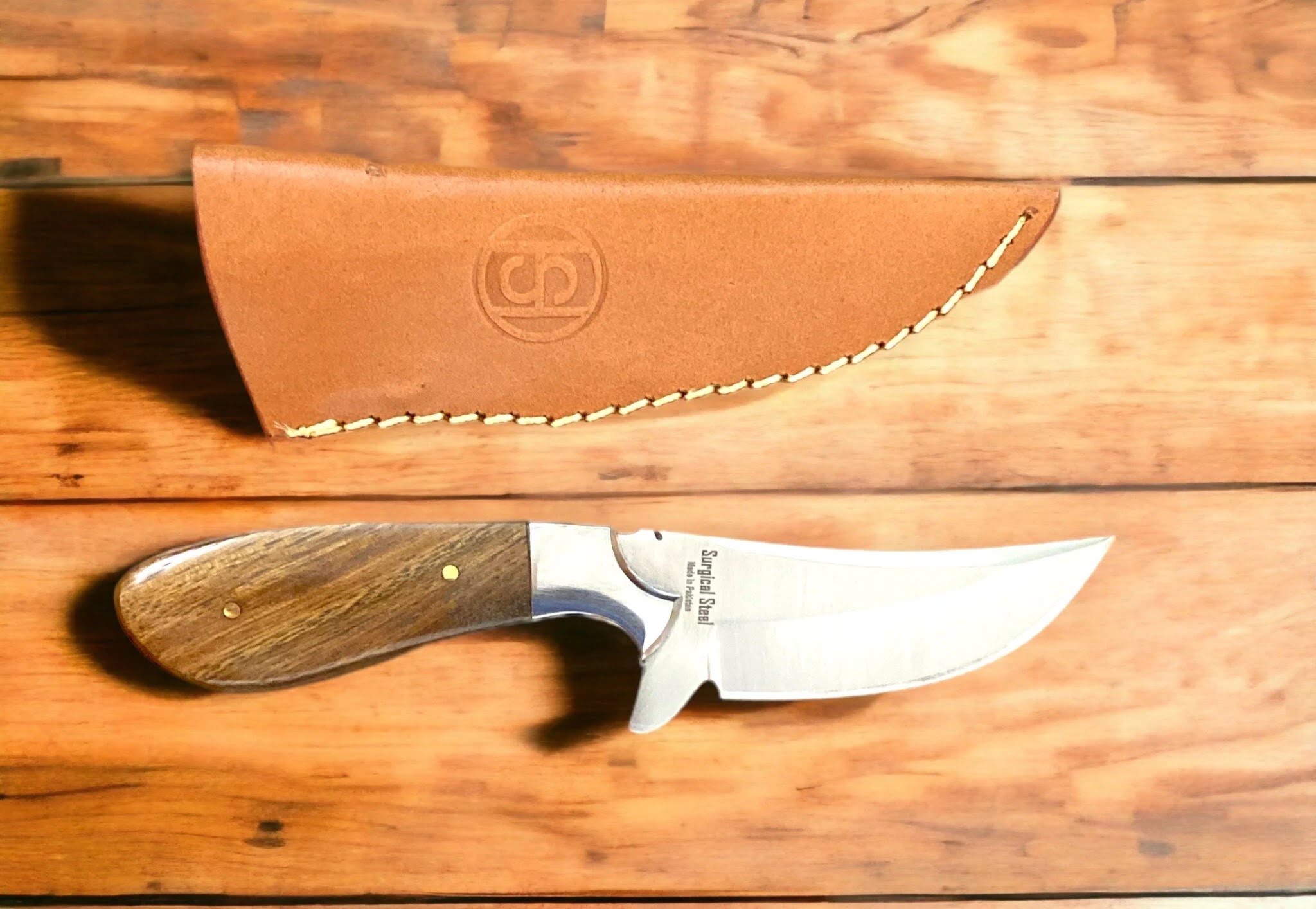

0 thoughts on “How To Use Cutlery”